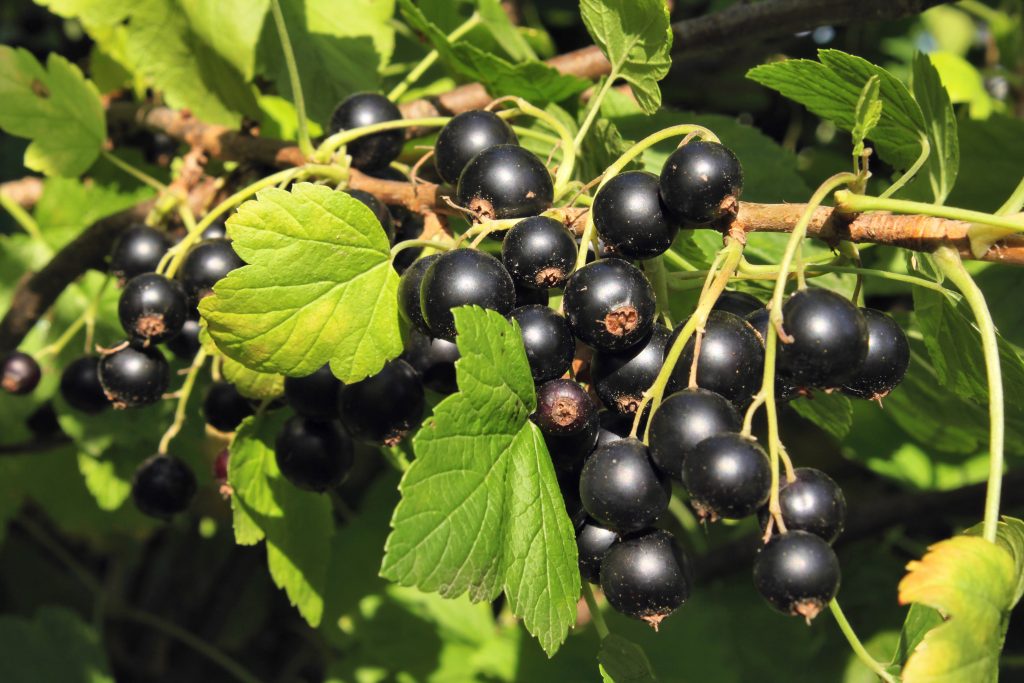Why the Rainbow Tastes Different Depending on Where You Are

In 1974, a UK company began producing a candy which Americans — and really, everyone in the English-speaking world — now call Skittles. Within a decade, Wrigley, the company which brought Skittles to the U.S., began producing them domestically for the American consumer, keeping the UK-produced ones for British customers. And wherever you were, by the 1990s, the brand used the same (now well-known) tagline, “Taste the Rainbow.”
But if you take them up on the offer, you’ll find out that the Skittles rainbow tastes differently depending on where you are. Why?
Blame the purple ones.
Skittles — in the normal pack — come in five different flavors. The red ones are strawberry flavored, the yellow are lemon, and the orange are orange. The other two, though — those are a bit more complicated. Green are green apple flavored but that’s a relatively recent change; before 2013, they were lime. Purple… well, that’s even more complicated.
In the United States, purple Skittles are grape flavored. But everywhere else, they taste like blackcurrant, pictured below. 
If you’re an American and you’ve never seen that fruit before, you can be forgiven; blackcurrants are a berry that many Americans may have never eaten — ever. In the early 1900s, growing blackcurrants and importing blackcurrant shrubs was banned in the United States. The shrub carried and transmitted a plant disease called white pine blister rust, which put the logging industry at risk. So, the country banned the plant and, therefore, the berry.
For Wrigley, this was a bit of a problem. When they began producing Skittles in the United States, the default flavor for their purple Skittles — blackcurrant — wasn’t an option. The berries weren’t available and in any event, Americans were entirely unfamiliar with the tart taste of the berry. (In case you’re wondering, it tastes kind of like a cranberry and blueberry blended together into one.) Wrigley needed a different flavor for the purple ones, so, as Atlas Obscura notes, they went with grape, matching color instead of taste.
In recent years, the ban on blackcurrants has been relaxed a bit — in the U.S., it is now up to individual states whether to allow farmers to grow blackcurrants, and in 2003, New York became one of the first areas to permit people to grow them. But for Skittles, this hardly mattered. Customers were already used to their purple Skittles tasting like grapes, more or less, and with great success. So Skittles decided to keep that flavor. As a result, when you “taste the rainbow” in America, it tastes different than it does across the Atlantic.
Bonus fact: Girl Scout Cookies suffer from the exact opposite problem: Depending on which Girl Scouts you get your cookies from, they may have different names. But they’re basically the same product despite the different nomenclature. Some troops sell Samoas; others sell Caramel deLites — but they’re (roughly) the same thing inside the box. Do-si-dos are sometimes called Peanut Butter Sandwiches, Tagalongs can be Peanut Butter Patties, and Trefoils are the same Shortbreads. (Thin Mints are always Thin Mints, with minor differences.) The reason for the different names? The Girl Scouts have two different bakeries which are licensed to make the cookies, and they can’t get on the same page when it comes to naming their products.
The exception: In recent years, the Girls Scouts added S’mores cookies to the offering. Both bakers use graham cracker cookies but after that, they’re very different. One makes a square cookie with creme icing, all coated in chocolate; the other is an oval sandwich cookie (like an Oreo) filled with marshmallow and chocolate.
From the Archives: Grape Balls of Fire: How to not microwave a grape. (Really, don’t try this at home.)
Related: British Skittles. Or, if you’re already there, American Skittles.
